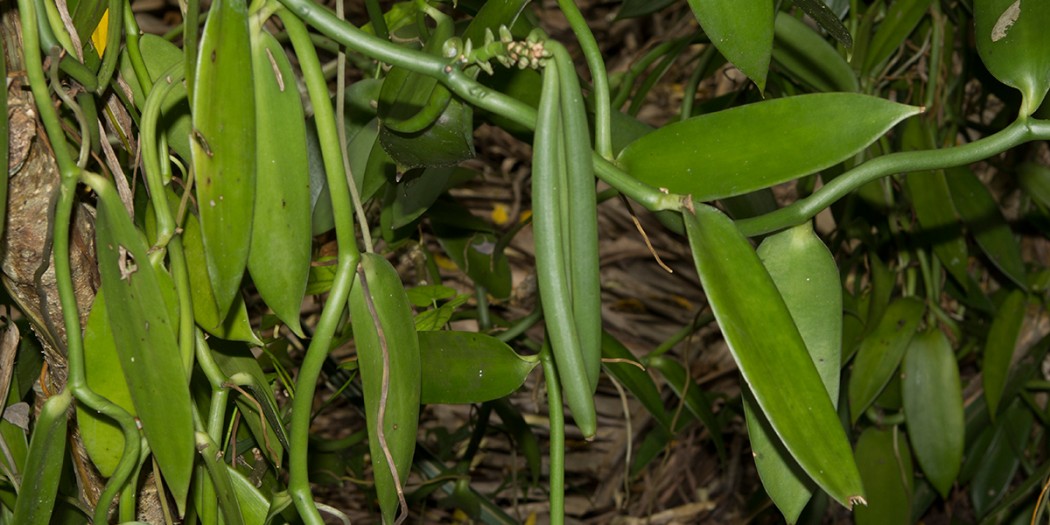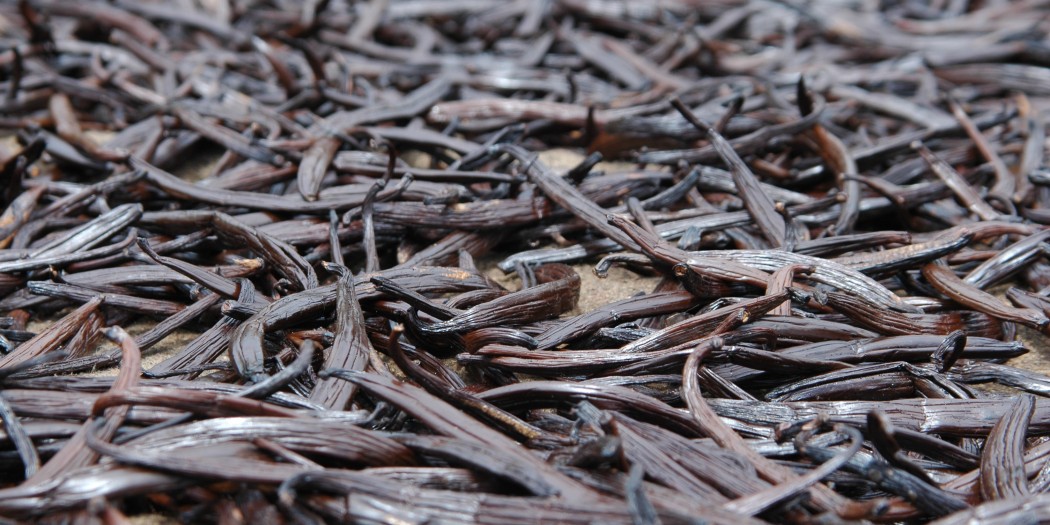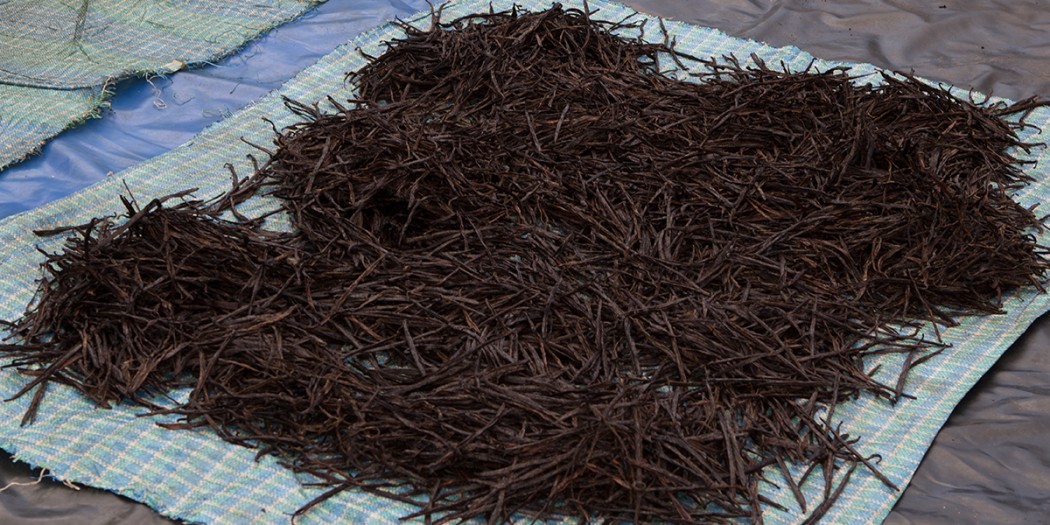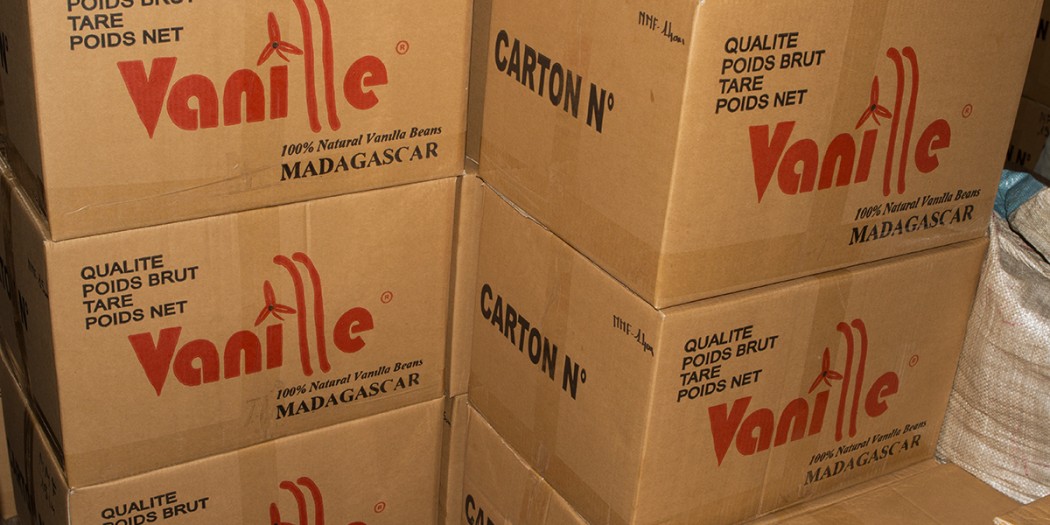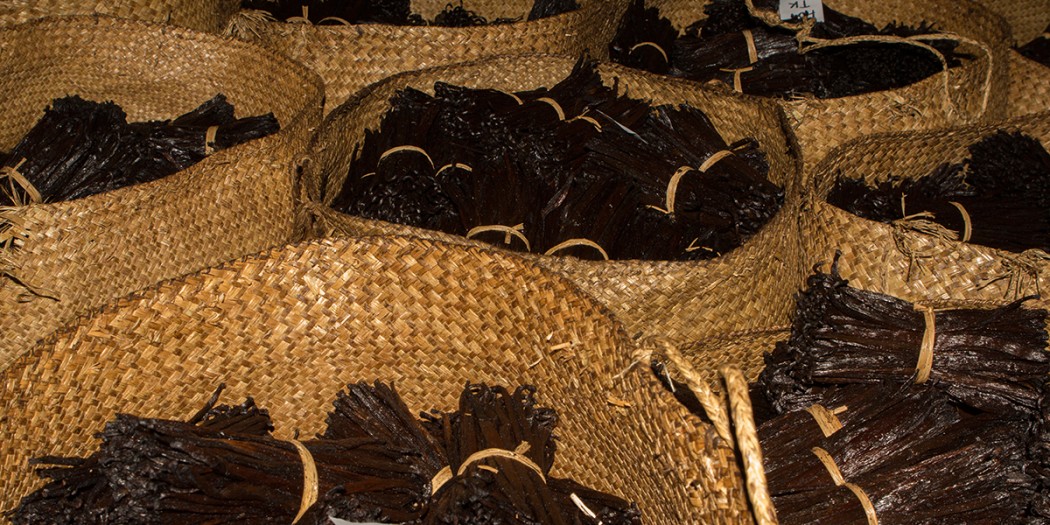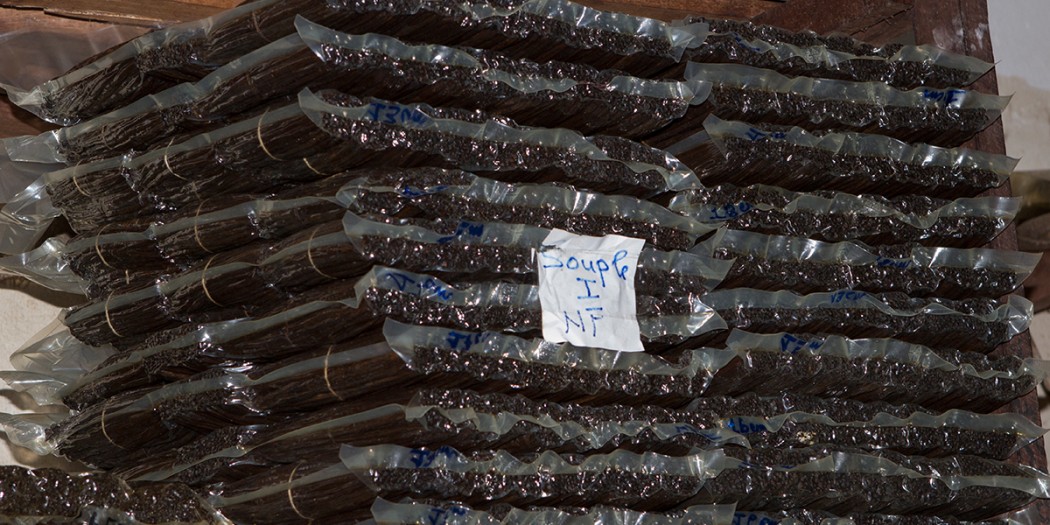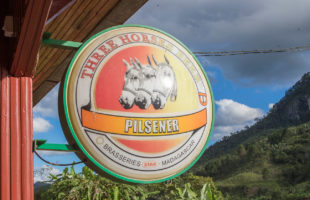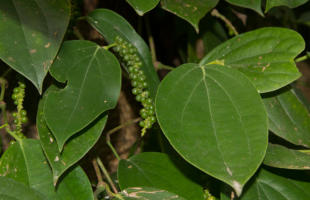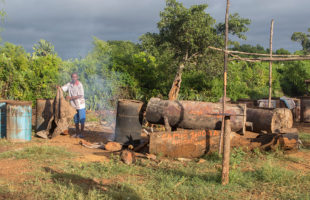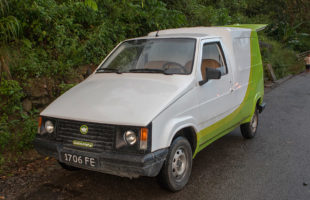The vanilla plant is actually an orchid and has been successfully cultivated in Madagascar for over a century. Although originally from Central America, Madagascar is now the world’s largest exporter of vanilla. But it will be a long way before the “queen of spices” lands in Europe.
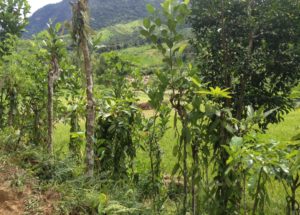
Vanilla grows particularly well wherever it is warm and very humid. Their tendrils climb up trees or other supporting plants and can reach lengths of more than ten metres. The main cultivation area in Madagascar is the Sava region, whose largest cities are Sambava, Antalaha, Vohémar and Andapa. From here in the north-east of the country, up to half of the world’s vanilla comes. Sambava is therefore rightly called the “capital of vanilla”.
But vanilla is not just vanilla – there are over a hundred different types, of which only 15 can produce the fragrant spice. In Madagascar, Vanilla planifolia is mostly cultivated in small and large plantations. Only after four years do the plants produce green pods up to 30 cm long for the first time (botanically correct “capsule fruits”).
When the rainy season begins, around October and November, the flowering season begins. Since the natural pollinators of the plant, hummingbirds and certain bee species, are not native to Madagascar, most plants must be artificially pollinated by hand with a feather or a small bamboo stick. With the quill or chopstick, the rostellum (“hymen”) of the flower is removed. Then the worker carefully combines pollen (male part of the plant) and stigma (female part). This time-consuming work seems even more complex when you know that each vanilla blossom is only open a few hours in the morning before it withers when not fertilised. In addition, only one flower per panicle blooms at a time, so that work on larger plantations takes the entire two-month flowering period despite fast workers. Quick workers may fertilise 1000 to 1500 flowers per morning. Then one has to wait and see.
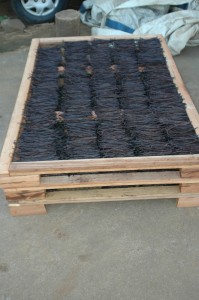
The harvest season starts in July, when the pods are still green. In order to obtain the fragrant spice, the pods have to be fermented, which happens during the so-called black tanning process. All pods are treated with hot steam or dipped directly into hot water. The vanilla then is put in rice sacks laying in the sun. If it is sufficiently fermented, the now brown-red coloured, oily, shrunken pods are alternately placed in the blazing sun and in the shade to dry. There they eventually turn black. The exact fermentation process is the secret of every manufacturer and is rarely revealed. During fermentation, the vanillin, which is responsible for the typical aroma, is formed. A green vanilla pod tastes bitter and hardly vanilla.
Only the vanilla beans that are still closed, not broken or damaged at the end of processing, which takes over months, are sold at all. Every pod is meticulously sorted into the appropriate quality class. During the entire processing process, only a single kilo of spice vanilla is obtained from about three to four kilos of fresh vanilla beans, which explains the high price as well as the long journey to the finished product.
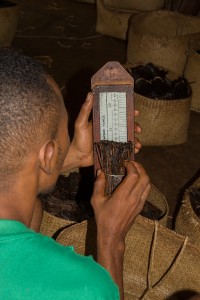
In Madagascar, vanilla is usually bundled into small packages and sealed in plastic bags. They can be bought in this form in many large cities on the country’s markets. Of course, it is better to buy the vanilla wrapped in waxed paper directly on site or to have it shrink-wrapped directly. If you buy the plastic packages, you should remove the vanilla as soon as possible and wrap it in parchment or waxed paper. Otherwise mould will quickly form in the tropical heat. Mould should not be confused with small, bright vanillin crystals, which stand for good quality. The vanilla beans should be as black, long and thick as possible when purchased. Red pods are not yet sufficiently fermented and are only suitable for baking because of their higher market content. Fresh, the pods are also oily, soft to the touch, easy to bend and have a very strong smell. You should never buy a dried up, hard sheet like in the local supermarkets in Europe! Vanilla pods are best kept in small glass tubes with corks in a cool, dark place.
The name “Bourbon vanilla” does not come from Madagascar, but it comes from close up: La Réunion, where the French brought the precious spice at the beginning of the 19th century, was and is still called “Île Bourbon”. The secret of artificial pollination was also discovered here, so that vanilla could be successfully cultivated and processed in Madagascar, too.
 MADAMAGAZINE Your Magazine about Madagascar
MADAMAGAZINE Your Magazine about Madagascar

